Check the ingredients!
... live healthy!


| "Descrizione" by Whiz35 (11828 pt) | 2023-Apr-14 16:35 |
| Evaluation | N. Experts | Evaluation | N. Experts |
|---|---|---|---|
| 1 | 6 | ||
| 2 | 7 | ||
| 3 | 8 | ||
| 4 | 9 | ||
| 5 | 10 |
E421 (Mannitol, D-Mannitol) is a natural alcohol found in the form of sugar alcohols in the human body where it is metabolically inert. In vegetables and fruit (olive and persimmon) and also in some mushrooms and seaweed.
It occurs as a white crystalline powder with a sweet taste. Soluble in water, slightly soluble in ethanol, almost soluble in ether.
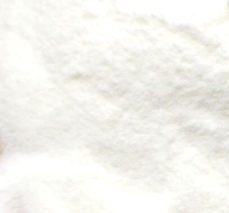
What it is used for and where
Medical
Food
Low-calorie sweetener in food products for diabetic patients and bodybuilding foods. Viscosity reducer for maltose.
Labelled with the number E421 in the European food additives list assweetener, emulsifier and stabilising agent.
Cosmetics
Binder agent. Ingredient that is used in cosmetic, food and pharmaceutical products as an anti-caking agent with the function of making the product in which it is incorporated silky, compact and homogenous. The binder, either natural such as mucilage, gums and starches or chemical, may be in the form of a powder or liquid.
Fragrance. It plays a decisive and important role in the formulation of cosmetic products as it provides the possibility of enhancing, masking or adding fragrance to the final product, increasing its marketability. The consumer always expects to find a pleasant or distinctive scent in a cosmetic product.
Humectant. Hygroscopic compound used to minimise water loss in the skin and to prevent it from drying out by facilitating faster and greater absorption of water into the stratum corneum of the epidermis. The epidermis is the most superficial of the three layers that make up human skin (epidermis, dermis and hypodermis) and is the layer that maintains hydration in all three layers. In turn, the epidermis is composed of five layers: horny, the most superficial, granular, spinous, shiny, and basal. Humectants have the ability to retain the water they attract from the air in the stratum corneum and have the function of moisturising the skin. They are best used before emollients, which are oil-based.
Moisturizing. This ingredient is responsible for preventing the evaporation of moisture from the skin and improving cellular activity. When exposed to cold or hot air currents, the skin absorbs water from its inner layer to compensate for the evaporated water. If the draught phenomenon persists, the stratum corneum is dry and, if at all, damaged.
Skin conditioning agent. It is the mainstay of topical skin treatment as it has the function of restoring, increasing or improving skin tolerance to external factors, including melanocyte tolerance. The most important function of the conditioning agent is to prevent skin dehydration, but the subject is rather complex and involves emollients and humectants that can be added in the formulation.
Other uses
Plastics industry to produce artificial glycerine resins and rosin esters.
Explosives and as nitrified mannitol to produce detonators.
The most relevant studies on this ingredient have been selected with a summary of their contents:
Typical commercial product characteristics Mannitol
| Appearance | White crystalline powder |
| Boiling Point | 494.9±0.0°C at 760 mmHg |
| Melting Point | 167-170ºC |
| Flash Point | 292.5±23.3°C |
| Density | 1.6±0.1 g/cm3 |
| Specific Rotation | +137~+145 |
| Maltitol & Isomalt | ≤2.0% |
| Sorbitol | ≤2.0% |
| Impurities | ≤0.10% |
| Reducing sugars | ≤0.1% |
| Nickel | ≤1ppm |
| Loss on drying | ≤0.5% |
| Conductivity | ≤20us/cm |
| Total Heavy Metals | ≤10ppm |
| Arsenic | ≤1ppm |
| Lead | ≤2ppm |
| Cadmium | ≤0.1ppm |
| Total Plate | ≤5000cfu/g |
| Total Yeast & Mold | ≤100cfu/g |
| PSA | 121.38000 |
| LogP | -4.67 |
| Refraction Index | 1.597 |
| Vapor Pressure | 0.0±2.8 mmHg at 25°C |
| Storage | 2-8°C |
| Shelf life | 2 Years |
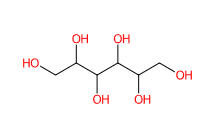 | 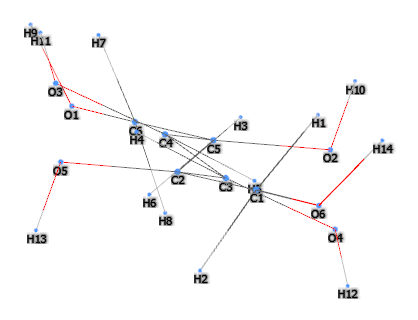 |
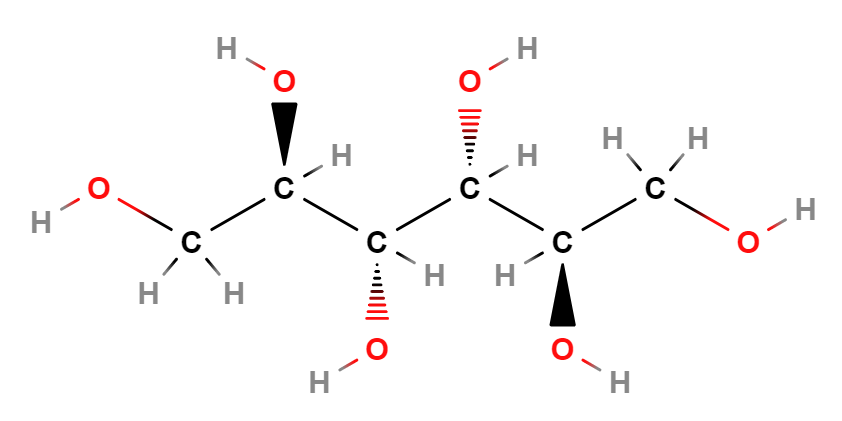 | 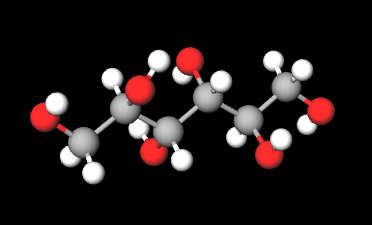 |
Synonyms:
| Evaluate |